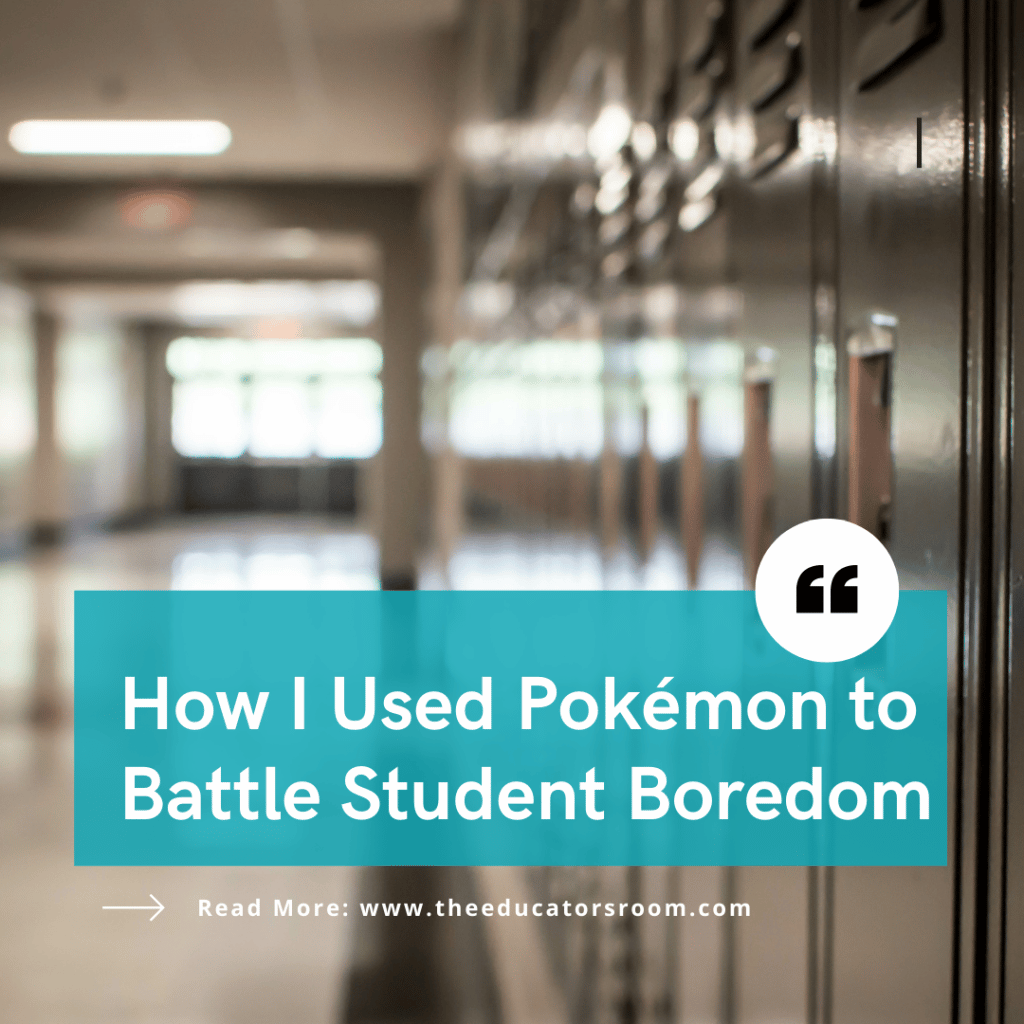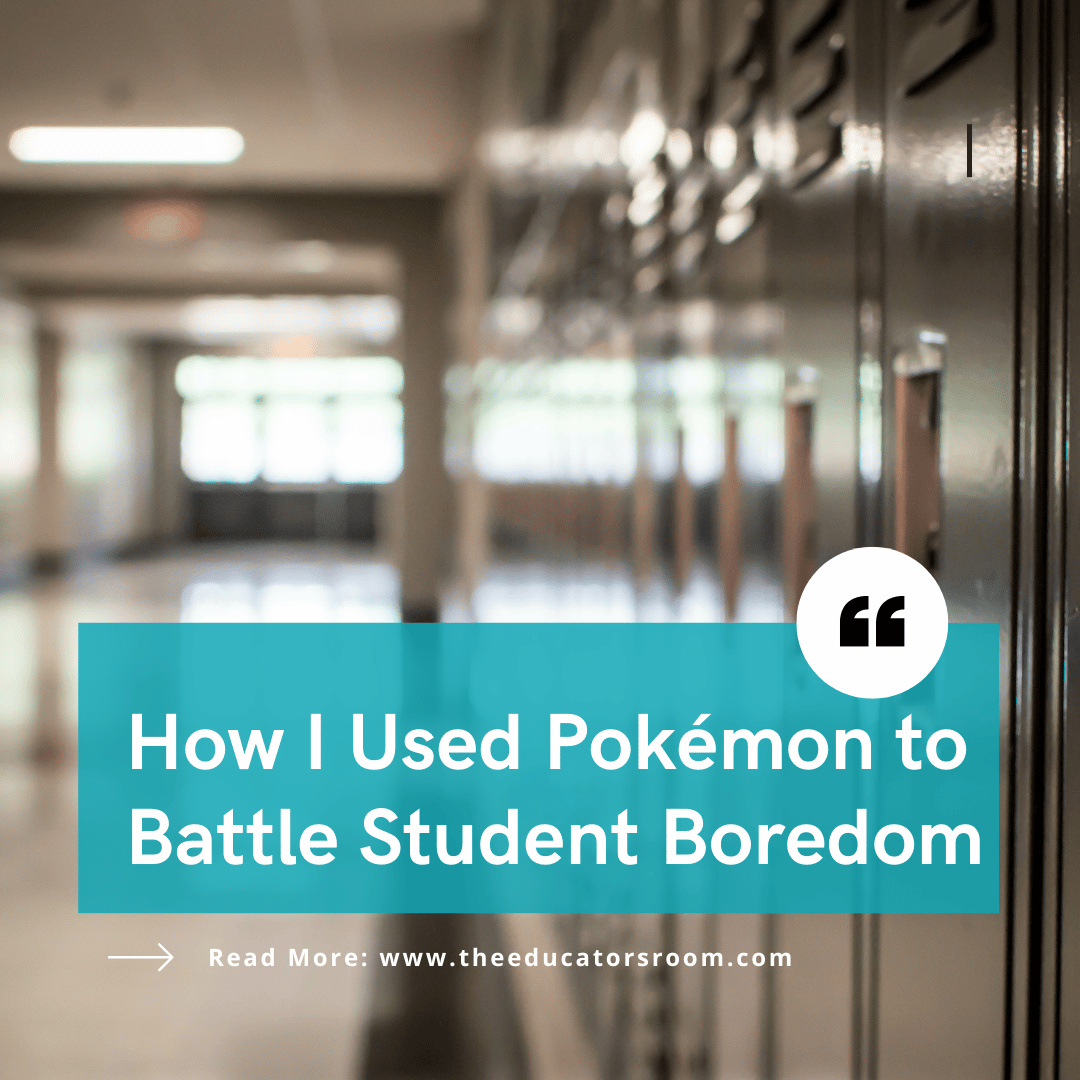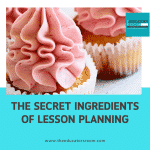Have you signed up for The Educator’s Room Daily Newsletter? Click here and support independent journalism!
Anime has been a powerhouse in pop culture for decades, especially in youth culture. I recall enjoying it as far back as middle school, circa the mid-2000s, on channels like Toonami. Still, I never expected it to grow to what it is today. Anime’s current popularity got me thinking: how can I capitalize on pre-existing interest levels by using the most popular anime of them all, Pokémon, in my classroom? With this anime craze in mind, I planned a grammar lesson where students practiced writing the different verb tenses by creating their own Pokémon. It was the talk of the hallway that entire day.
“The inaugural generation of Pokémon trainers are now in their 30s and 40s and raising fans of their own.”
-Luke Winkie, “Pokémon will outlive us all”
Looking to Pokémon for Inspiration
While planning one day (perhaps with anime on in the background), I realized that the vast majority of Pokémon attacks are verbs. As an ELA teacher, I couldn’t stop thinking about how this observation could work in my favor. Students are already heavily invested in the world of Pokémon. With a well-known TV show, a card game, a movie franchise, Pokémon Go, and several video game series, a wide range of people are drawn into the franchise, whose market dominance is threatened by none. Even the kids who showed little interest in anime find themselves playing Pokémon at some point. This incredibly wide road paved by Pokémon’s creators seemed to possess the ability to make anything appear entertaining, like going outside to catch Pokémon or waking up early on Saturdays. The topic was an easy sale. By the time I finished planning, I was eager to roll it out on Google Classroom the next morning.
How I Used Pokémon to Teach Verb Tense
Going in that day with lightning in a bottle, I started every class with exciting news. Today, we were going to learn verb tenses by making our own Pokémon. First, we looked at a series of Pokémon cards for inspiration. Then we discussed how many Pokémon attacks were verbs, making it a perfect medium for practicing grammar. Since there are four types of main aspects in verb tenses (simple, progressive, perfect, and perfect progressive), the students had to devise four different attacks for each of their three different Pokémon. One Pokémon represented past tense, the next stood for present tense, and the last one was future tense. Then, using each of the verbs they selected for attacks, students practiced writing sentences with those verbs in each of the four main aspects. For example, if a student chose the verb tackle as an attack, their example for past progressive tense would look like this: Charizard was tackling Pikachu when he decided to use his thunderbolt. With twelve practice sentences in total, there was a lot of room for creative expression on top of the grammar exercise–a perk in any lesson plan.
How Students Responded to My Pokémon Lesson
The next step of the learning process was obvious: Pokémon battles! By putting the new Pokémon into action, we were able to review what we learned about verb tenses. As most kids already knew how to play the trading card game, there wasn’t much need for explanation. There was only one added rule. With each attack used by an opponent, the defending player must identify which verb tense is being used to negate some of the attack (or lose more Health Points if they get it wrong). Identifying verb tenses during a Pokémon battle beat filling out worksheets again – that much was clear.
By the end of one class, a student asked me, “Is this something we can do every day?”
I laughed at first but began to take it more seriously when the questions continued to come in.
“Can we do this with Naruto or My Hero Academia?” asked another about using different shows in class. The reception of this exercise inspired similar future lessons, especially when it came to teaching the peskiest topics.
This lesson plan shows that if you tap into student interests, you can engage your students like never before. But that isn’t exactly news to anyone. What is significant here is the immersion of the educational goals into the classroom activities. I encourage any ELA teacher to consider doing the same by using anime in their classroom. There are so many forms available that the possibilities are endless. The most popular reading material in my 8th-grade class was manga, a comic book version of anime. I could have done entire lesson plans over plot diagramming, theme, tone, and so many other topics using manga alone.
Anime’s stronghold on youth culture — from the wacky haircuts to the unfamiliar cuisines — may not make sense to many adults, but that doesn’t mean it can’t be an invaluable tool in the classroom.
Editor’s Note: If you enjoyed this article, please become a Patreon supporter by clicking here.







